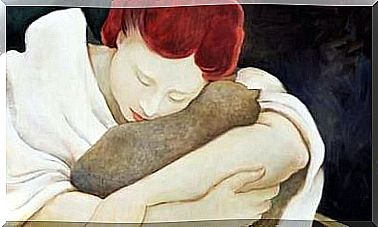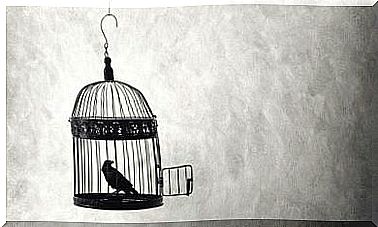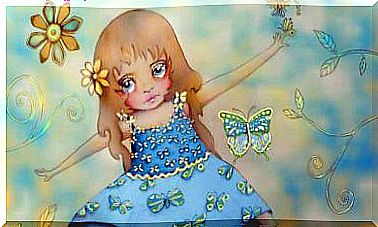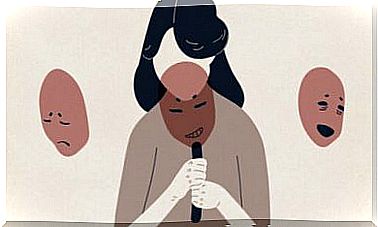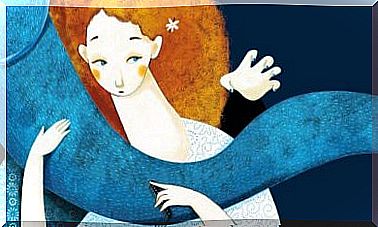Painting As Therapy
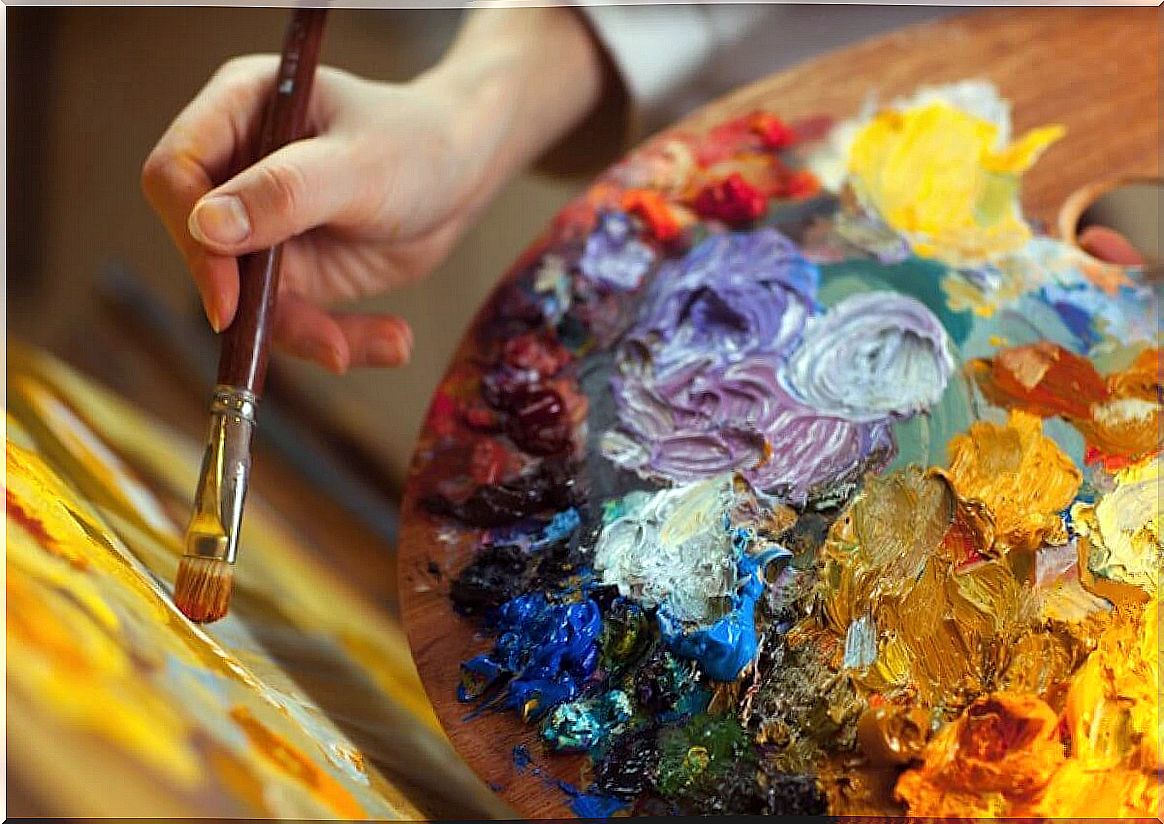
In the book by Robinson, K., & Aronica, L. (2014) “ The element ” the following story is told in relation to painting : A primary school teacher was giving drawing classes and a girl sat at the back of the classroom that I didn’t usually pay attention, except in drawing classes. For twenty minutes the girl drew, absorbed in her thoughts, and the teacher asked her what she was drawing.
The girl replied: “I am drawing God.” The teacher said, “But no one knows what God looks like.” And the girl replied: “They will know right away.” This story shows us the importance of drawing and painting and how they can be used as therapy to connect with the world.
The psychology of art and painting
The psychology of art is a branch of psychology dedicated to the study of the phenomena of creation and artistic appreciation from a psychological perspective. There are many aspects that link the psychology of art to psychology in general, such as perception, emotion, memory, thought and language.
Many psychotherapists have verified the beneficial effects of art to help patients who come to the office with psychological complaints, since art in all its expressions (painting, dance, music, writing, theater, etc.) frees the subjectivity of the person. Thus, it can be used for conflict resolution, communication problems, expression difficulties and many other psychological aspects.
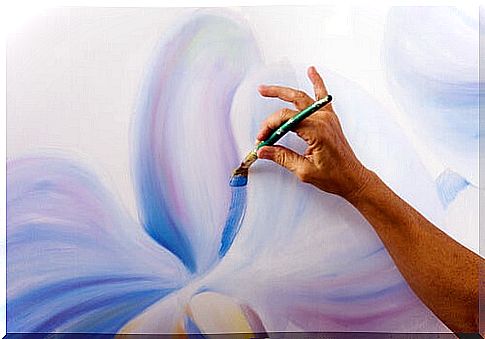
The benefits of paint therapy
Painting on a canvas, on a paper or on any surface that allows us to express ourselves can be a way to express feelings and thoughts. Especially for people who need to communicate them and are not able to do it through another way. In addition, it is a type of alternative and natural therapy that can have many benefits, such as the following:
1. Improved communication
First of all, those who start painting therapy are often shy and withdrawn. In addition, they often have difficulties communicating with others. However, with painting they manage to unleash their creativity and express feelings, emotions.
2. Increased self-esteem
When painting therapy is carried out in a non-competitive, relaxed and pleasant environment, a patient can achieve great personal achievements. In this way, under the supervision of the psychotherapist, it will help you to express yourself and sublimate your problems. This aspect can be important for people with codependency problems, trauma and who need to strengthen their autonomy and learn to love and value themselves.
3. Motor skills
As happens when we play a musical instrument, with painting, when handling a brush or pencil, we learn to regulate the movements of the hand and to develop brain connections related to that ability. In addition, in both children and adults, painting helps improve fine motor skills.
4. The brain in motion
Drawing and painting stimulate both hemispheres of the brain, both the left and the right. The left implies the logical and rational side, while the right relates to our creativity and our emotions. Therefore, it is about giving wings to our imagination and letting it fly. Also, it serves as the perfect medium to express emotions.
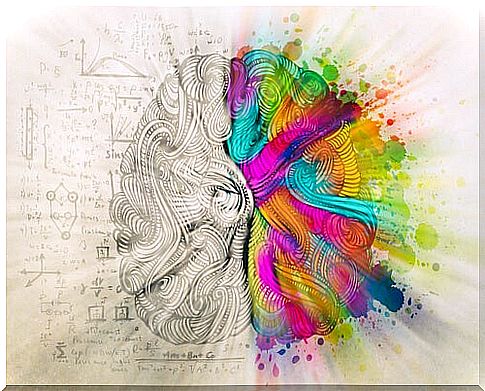
5. Concentration
Dedication to painting – or other types of artistic creation – requires concentration. Painting is a meticulous job that allows us to forget about the environment and flow. That is, make time go by without us noticing.
The state of advanced concentration is called Alpha and has been the subject of numerous studies. It is a state during which one part of the brain is conscious and the other part brings up the unconscious. That same state is achieved with prayer, meditation or music.
6. Emotional intelligence and painting
Emotions are a very important part of our creativity. With painting we can let our emotions flow and experience happiness, love, empathy and peace. The relaxation that is obtained through painting helps to achieve a harmony between the heart and the mind.
In conclusion, painting therapy is not only useful to express our emotions, feelings, thoughts and traumas. In addition, it favors psychomotor skills, thinking and the management of one’s own cognitive processes. Therefore, it is an activity to consider in those patients with expression and communication difficulties.


